Navigation
Drysuit Accessories
The Scuba Doctor dive shop has a great range of Drysuit Accessories that are ideal for making your drysuit perfectly suited to the diving that you undertake. Maybe you need a Pee Valve, which is a must have for technical divers as it allows you to remain properly hydrated at all stages of the dive. It also makes diving in the winter more comfortable as you can keep your suit on all day. Gaiters are useful for divers who find the calves of their drysuit too baggy. Gaiters are elasticated and help to keep gas out of your lower legs and feet to help trim and confidence.
Maybe you just need hangers and accessories to properly care for and maintain your dry suit. Or maybe it's something more complicated like an argon drysuit inflation system, a necessity for divers using helium in their main breathing gas. Whatever your need The Scuba Doctor either already has a solution, or we can get one for you.
Boarfish Reef
![]() Reef Dive |
Reef Dive | ![]() Boat access
Boat access
![]()
![]()
![]()
![]()
![]()
Depth: 10 m (33 ft) to 25 m (82 ft)
Level: Open Water and beyond.
Boarfish Reef is named after the prevalence of Longsnout Boarfish. The reef can provide divers with many different dive sites in the one location. Boarfish Reef boasts prolific fish life, swim throughs, caves and rocky outcrops. It has been suggested as one of the best reef dives in Victoria.
Situated in the famous Sponge Gardens area, Boarfish Reef lies approximately halfway between Queenscliff and Point Lonsdale near Victory Bight in Port Phillip. It starts in approximately 10 metres of water and gradually increases in depth to around 25 metres in a system of interesting rock formations with caves, drop-offs, overhangs and swim throughs. It's an extension of Lonsdale Wall, running east to west.
Boarfish Reef, by Jane Headley.
The reef provides protection and homes to a multitude of colourful growth, fish, and marine life. Commonly seen are the spectacular Southern Blue Devil , Southern Rock Lobster (aka Crayfish), curious Leather Jackets, Magpie Perch, nudibranchs, mosaic sea stars, yellow sea spiders and of course Longsnout Boarfish. On occasion, Port Jackson Shark have been sighted snoozing in groups, or singularly, under rock ledges. Varied Carpetshark have also been seen.
Near the southern end of the reef, in 10 metres of water wedged upright, is a large 4 metre Admiralty anchor encrusted with marine growth. On the northern tip of the reef, a large sponge garden extends for approximately 400 metres. One of Melbourne's most popular dive sites and always enjoyable.
Dive charter boats regularly schedule dives on Boarfish Reef, heading out from Portsea and Queenscliff. Private dive boats usually launch at the Sorrento Boat Ramp or the Queenscliff Boat Ramp.
The Rip & Tides Warning: Always keep an eye on sea conditions throughout any shore or boat dive within "The Rip" (aka "The Heads"). This is a dangerous stretch of water, where Bass Straight meets Port Phillip, which has claimed many ships and lives. Please read the warnings on the web page diving-the-rip before diving or snorkelling this site.
See also, Boarfish Reef Drift.
Divers have the opportunity to catch Southern Rock Lobster (aka Crayfish) at this dive site. Remember your catch bag, current Victorian Recreational Fishing Licence, rock lobster measure, and cray tags. Once you get back to the dive boat, or shore, make sure you clip the tail and tag your Crayfish as per Fisheries requirements. Please abide by all current fishing regulations if you intend to catch crays. See article-catching-crayfish for practical cray hunting advice from The Scuba Doctor, plus melbourne-cray-dives for a list of other crayfish dive sites near Melbourne. For tips on cooking your Crays, please see article-cooking-crayfish.
Finding Boarfish Reef
Over the years we've been provided with many GPS marks for Boarfish Reef. The GPS marks we know of in circulation for Boarfish Reef are:
- GPS:
Latitude: 38° 17.111′ N (38.285183° N / 38° 17′ 6.66″ N)
Longitude: 144° 38.301′ E (144.63835° E / 144° 38′ 18.06″ E) - Geoff Rodda 2:
Latitude: 38° 17.064′ S (38.2844° S / 38° 17′ 3.84″ S)
Longitude: 144° 38.304′ E (144.6384° E / 144° 38′ 18.24″ E)
87 m, bearing 2°, N - Geoff Rodda 3:
Latitude: 38° 17.053′ S (38.2842167° S / 38° 17′ 3.18″ S)
Longitude: 144° 38.450′ E (144.6408333° E / 144° 38′ 27″ E)
242 m, bearing 63°, ENE - Geoff Rodda 4:
Latitude: 38° 16.996′ S (38.2832667° S / 38° 16′ 59.76″ S)
Longitude: 144° 38.223′ E (144.63705° E / 144° 38′ 13.38″ E)
241 m, bearing 331°, NNW
Traditional Owners — This dive site is in the traditional Country of the Wathaurong (Wadda-Warrung) people of the Kulin Nation. This truly ancient Country includes the coastline of Port Phillip, from the Werribee River in the north-east, the Bellarine Peninsula, and down to Cape Otway in the south-west. We wish to acknowledge the Wathaurong as Traditional Owners. We pay respect to their Ancestors and their Elders, past, present and emerging. We acknowledge Bunjil the Creator Spirit of this beautiful land, who travels as an eagle, and Waarn, who protects the waterways and travels as a crow, and thank them for continuing to watch over this Country today and beyond.
Boarfish Reef Location Map
Latitude: 38° 17.111′ S (38.285183° S / 38° 17′ 6.66″ S)
Longitude: 144° 38.301′ E (144.63835° E / 144° 38′ 18.06″ E)
Datum: WGS84 |
Google Map
Added: 2012-07-22 09:00:00 GMT, Last updated: 2022-05-08 20:02:00 GMT
Source: GPS
Nearest Neighbour: 12lb Reef, 66 m, bearing 59°, ENE
Victory Bight, Port Phillip.
Depth: 10 to 25 m.
Dive only on: SWF, SWE.
[ Top ]
DISCLAIMER: No claim is made by The Scuba Doctor as to the accuracy of the dive site coordinates listed here. Should anyone decide to use these GPS marks to locate and dive on a site, they do so entirely at their own risk. Always verify against other sources.
The marks come from numerous sources including commercial operators, independent dive clubs, reference works, and active divers. Some are known to be accurate, while others may not be. Some GPS marks may even have come from maps using the AGD66 datum, and thus may need be converted to the WGS84 datum. To distinguish between the possible accuracy of the dive site marks, we've tried to give each mark a source of GPS, Google Earth, or unknown.

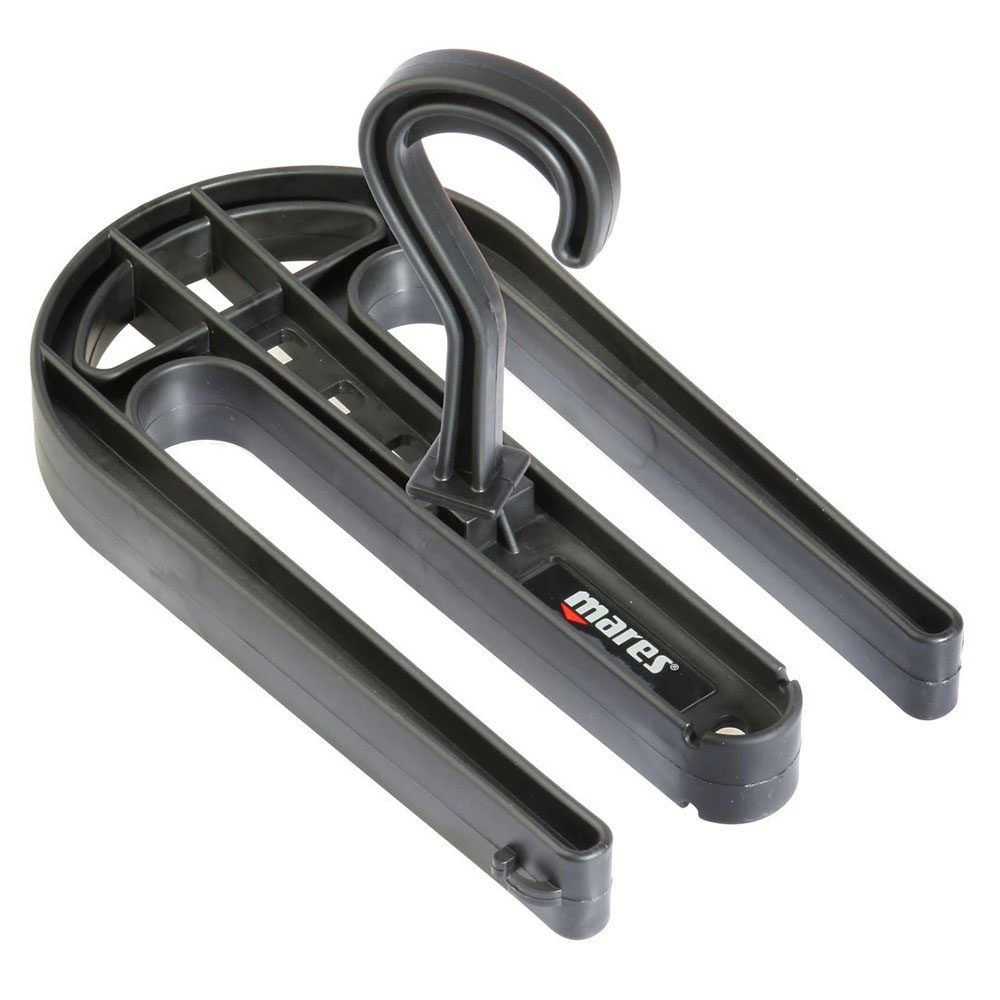
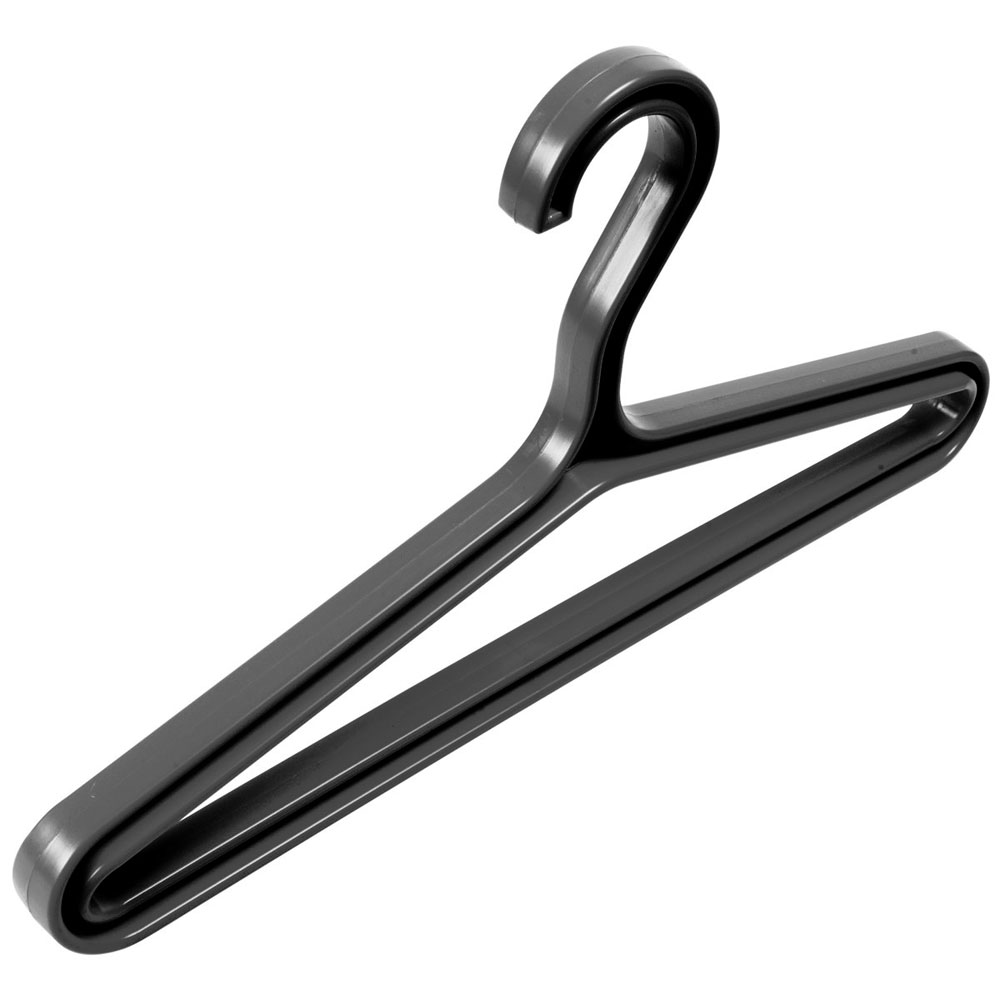
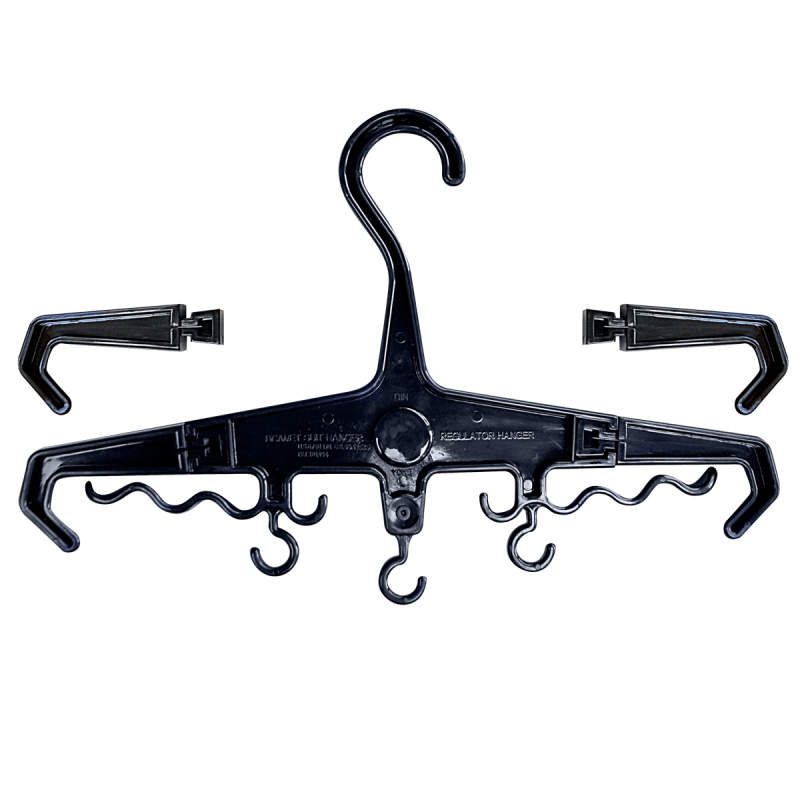
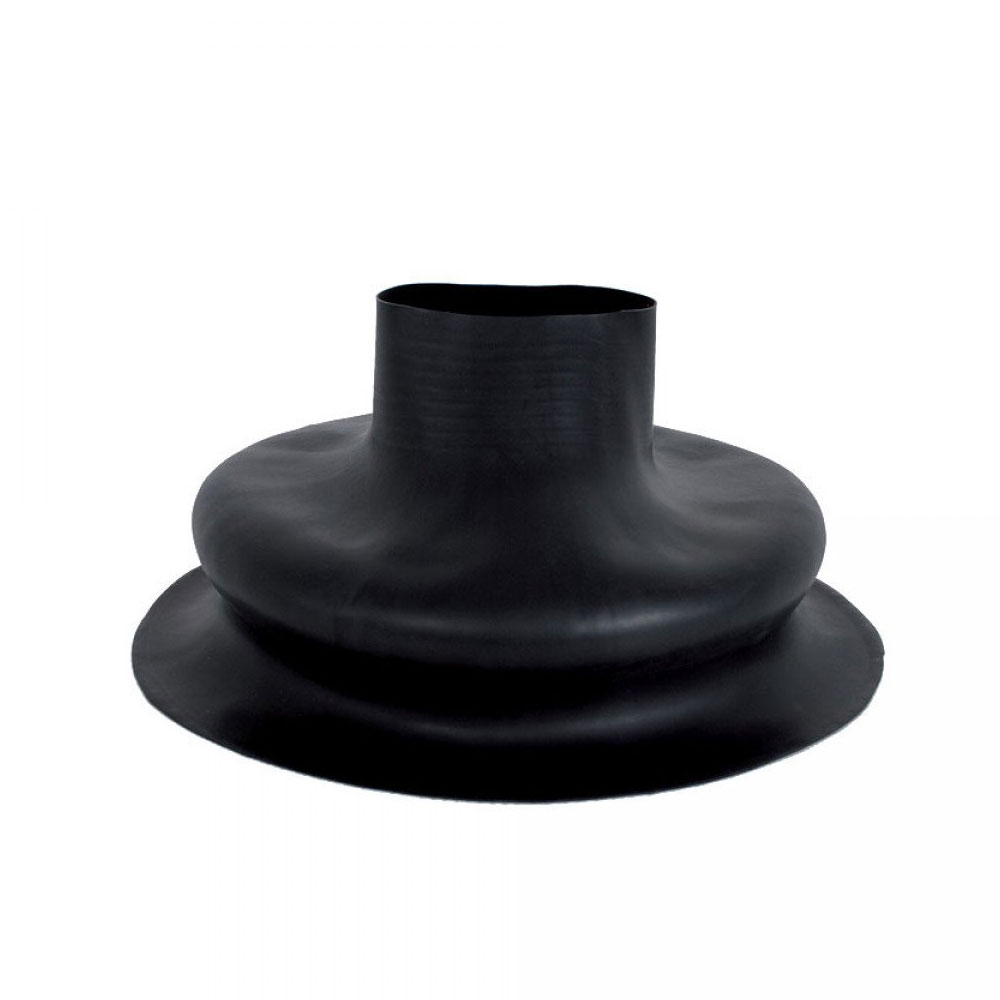
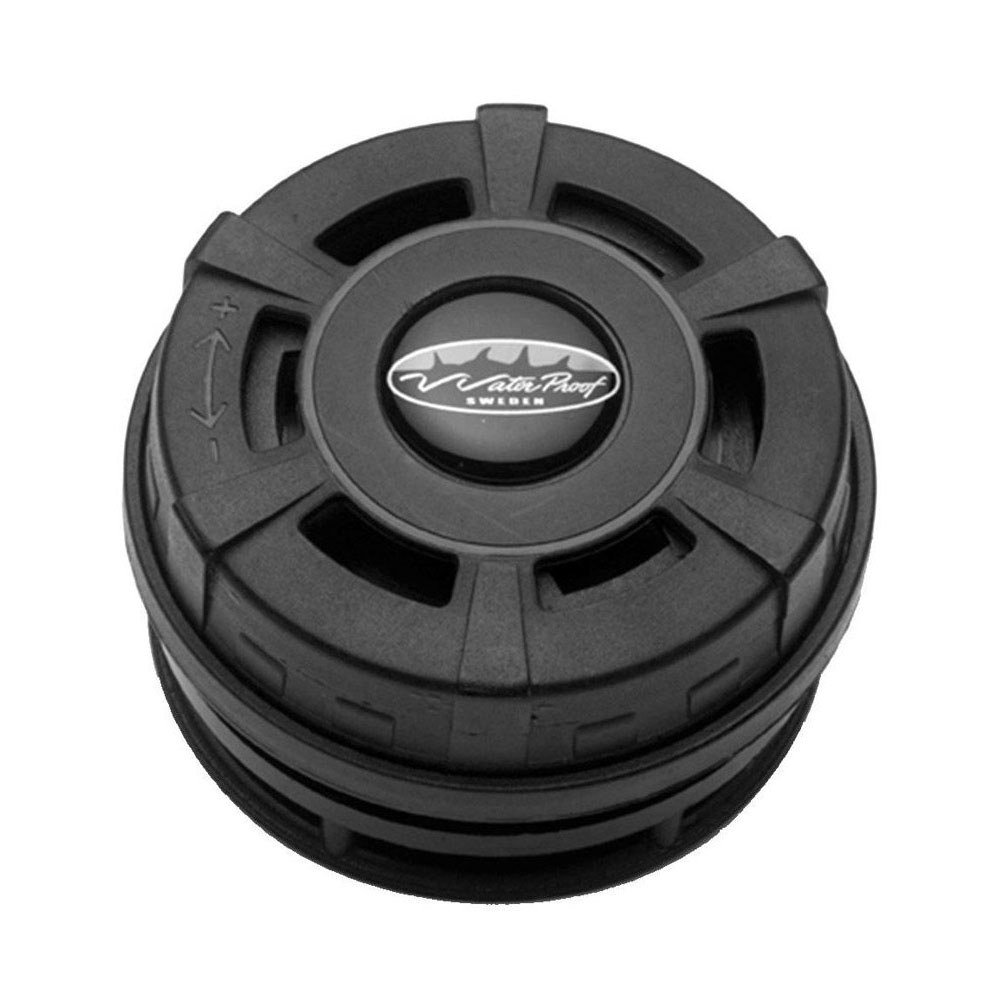
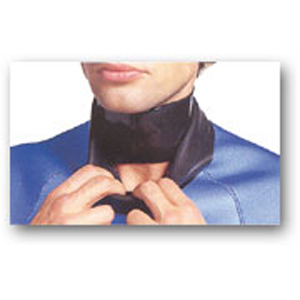
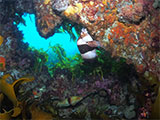
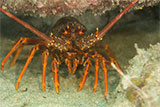
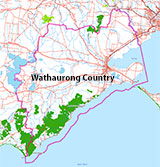
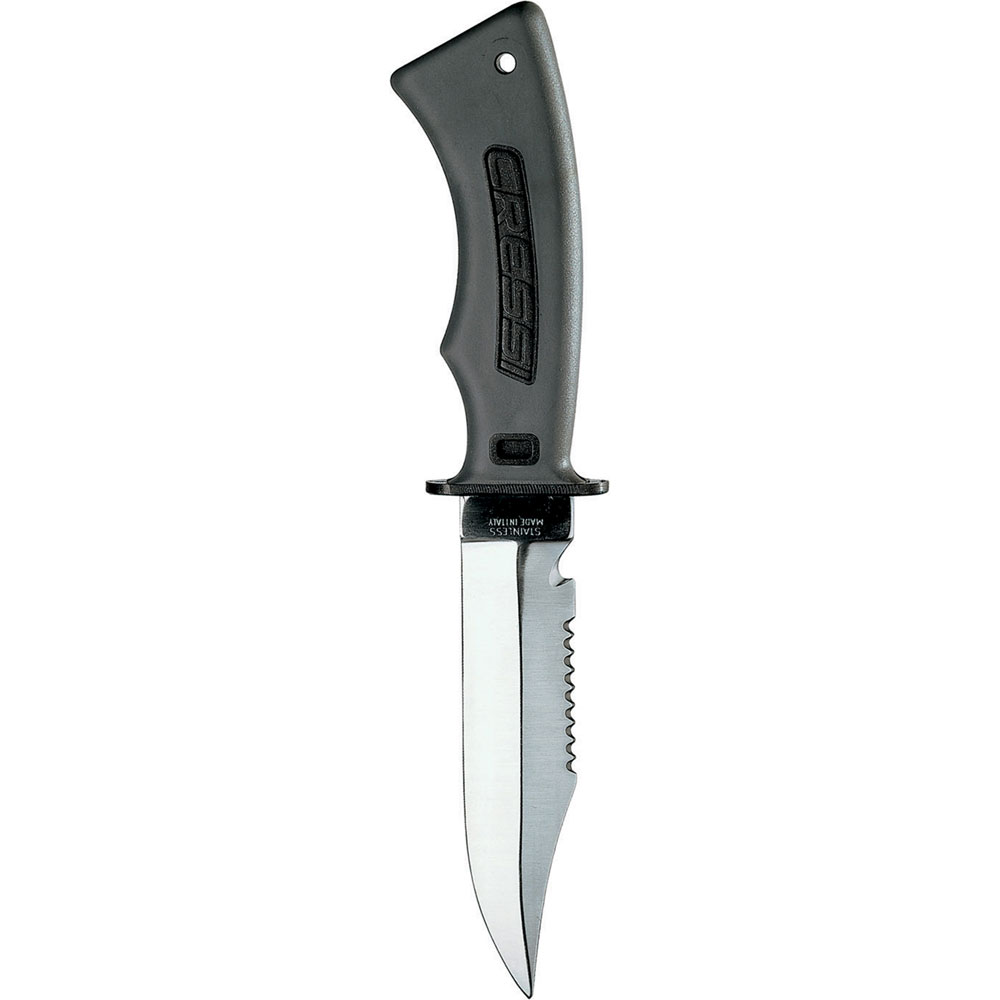
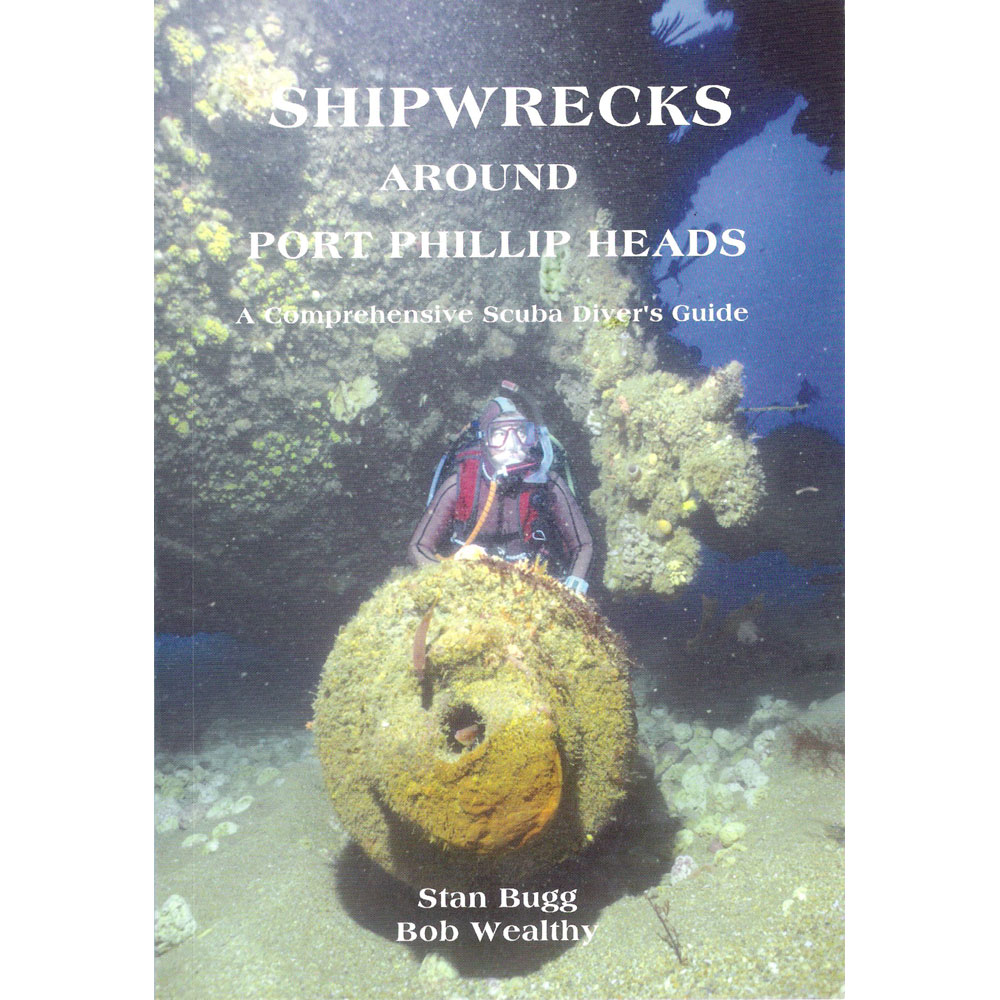
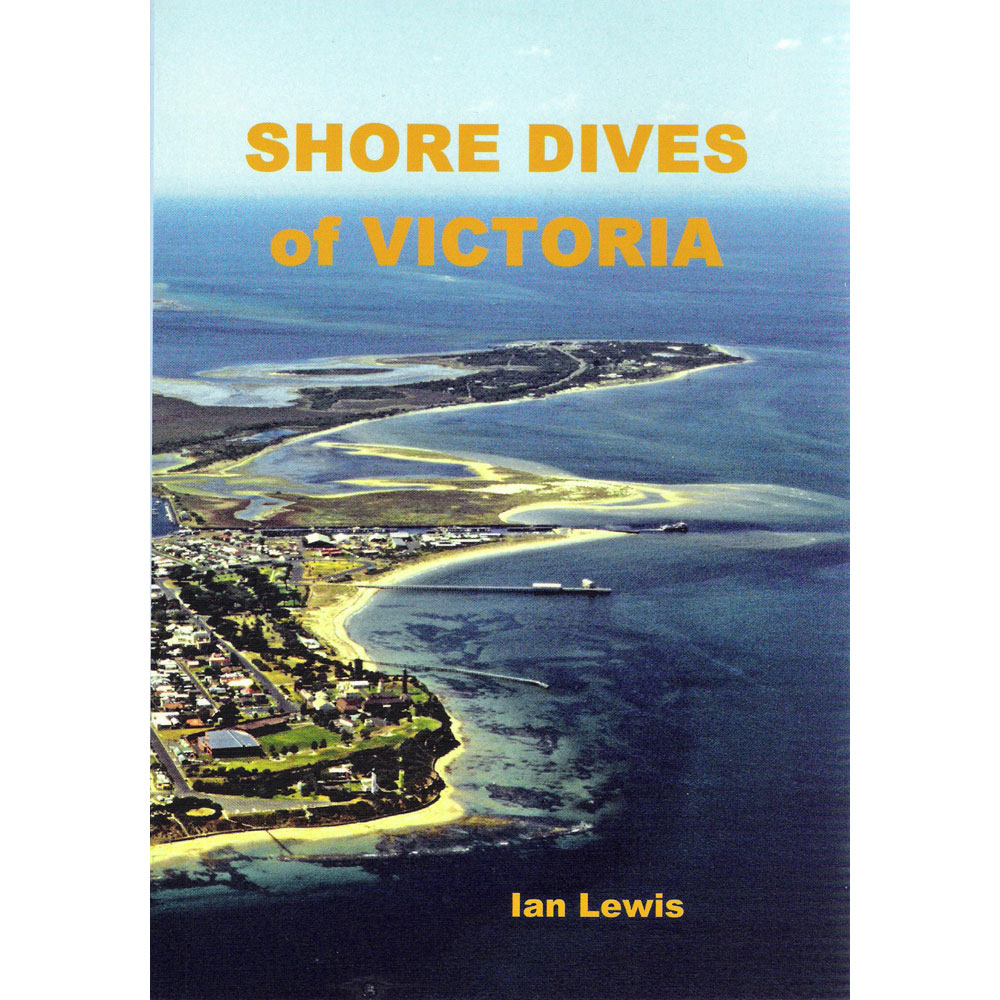
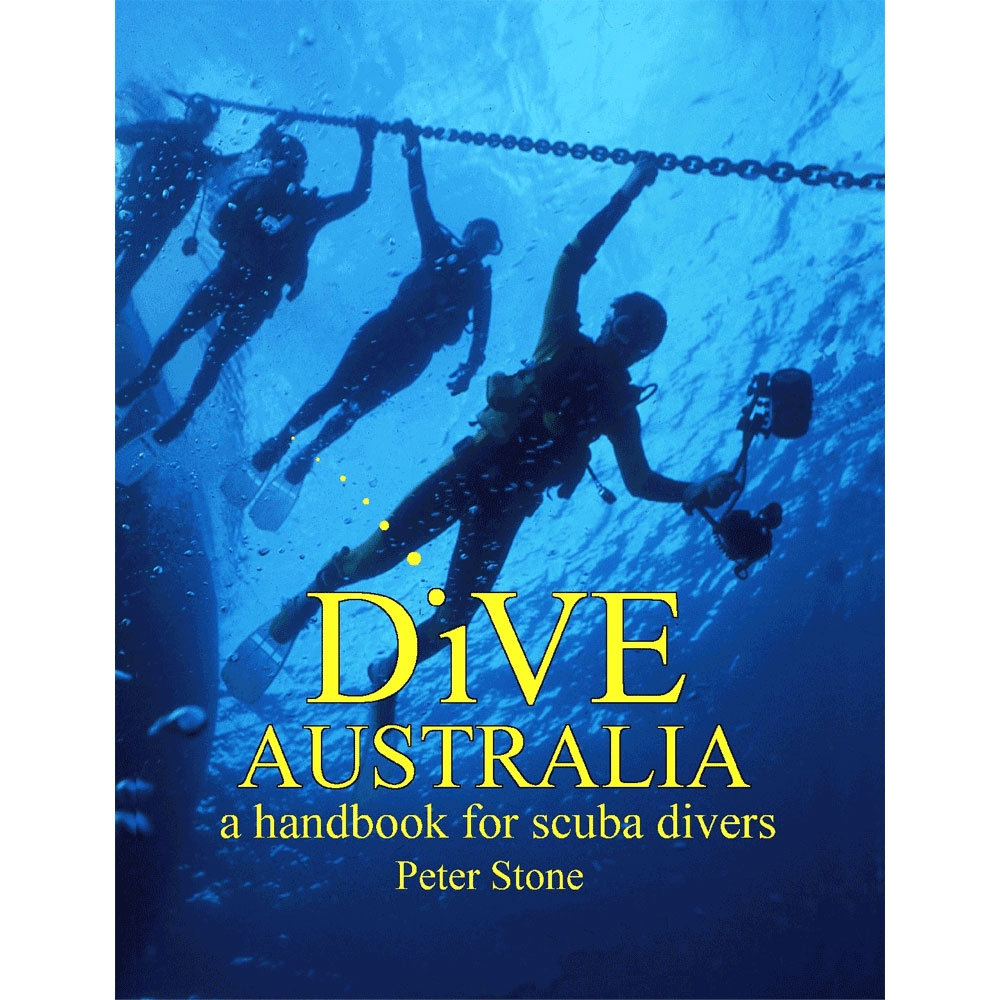
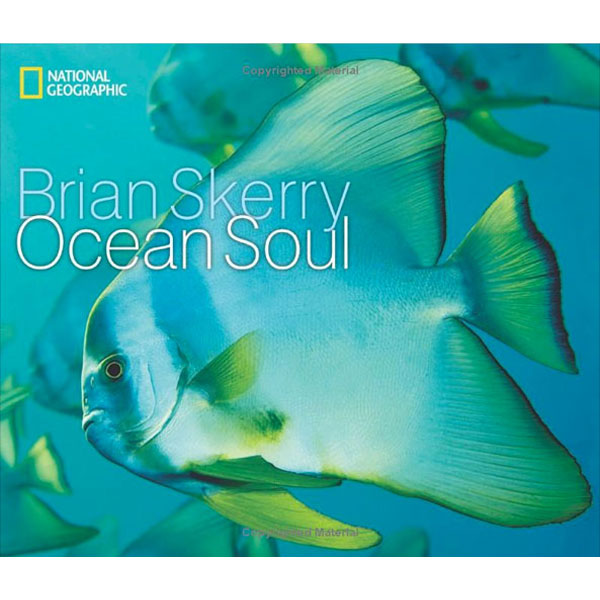

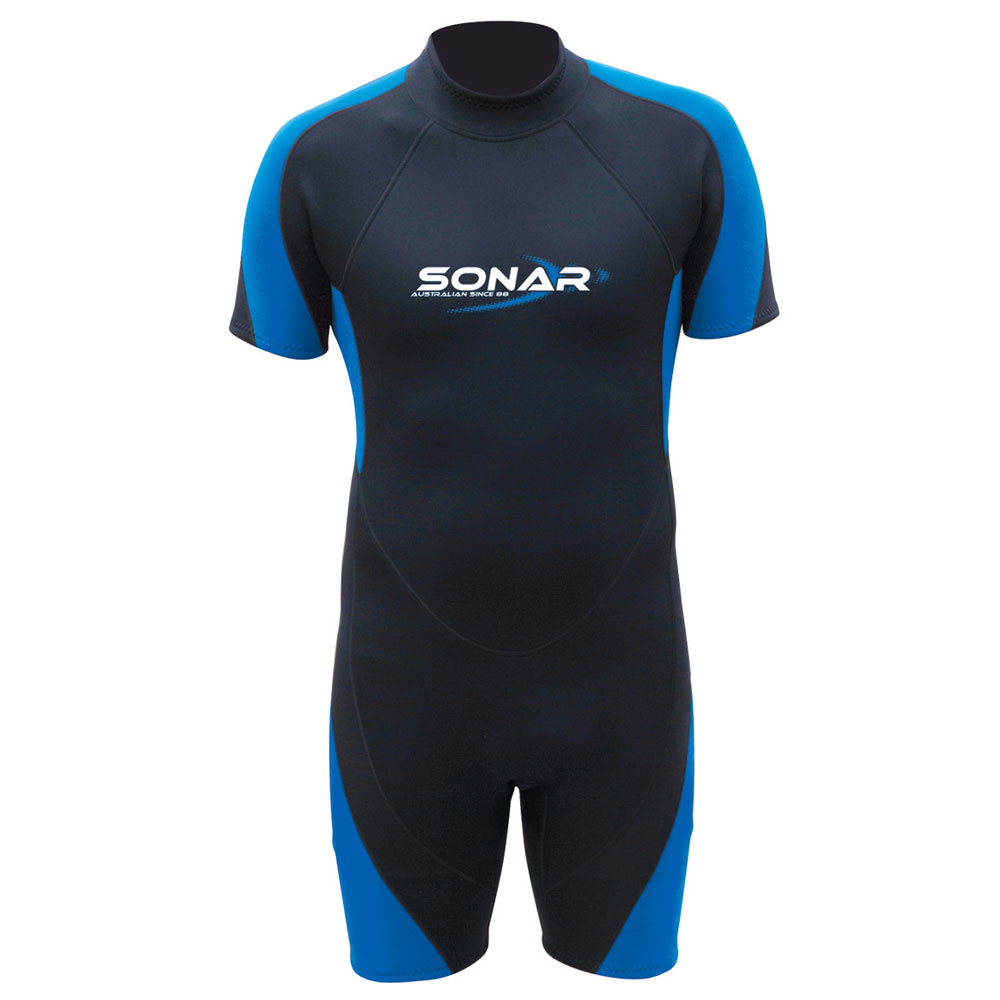
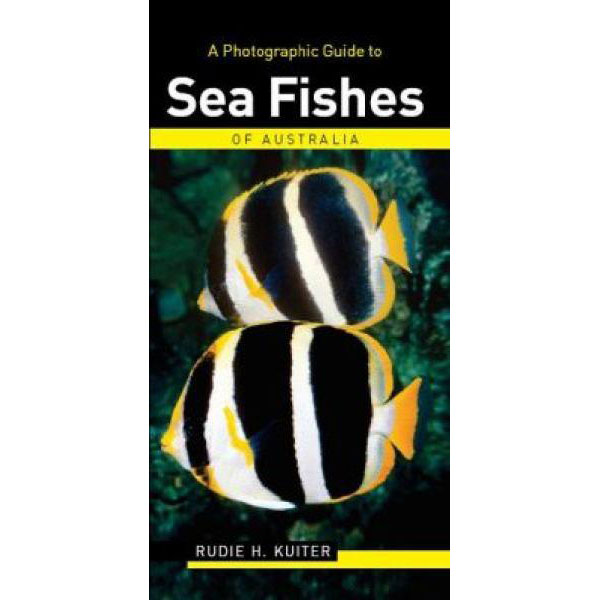
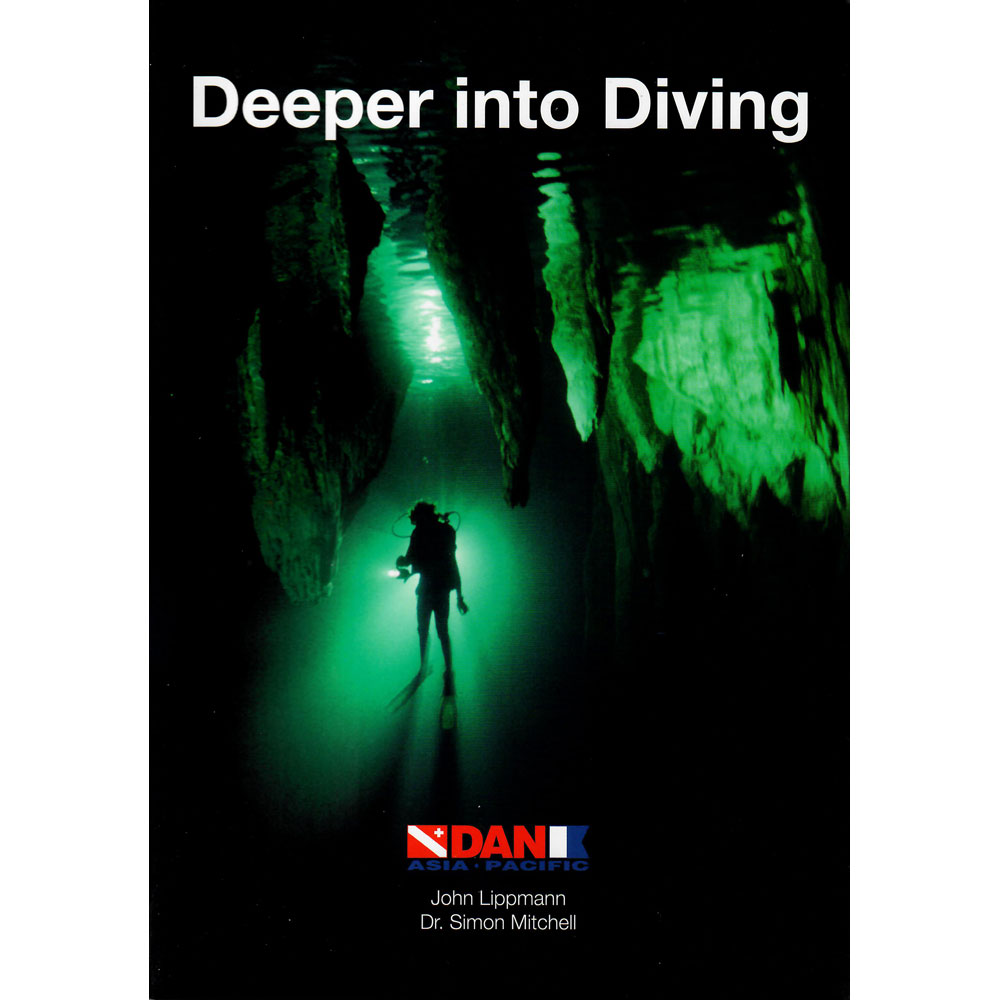
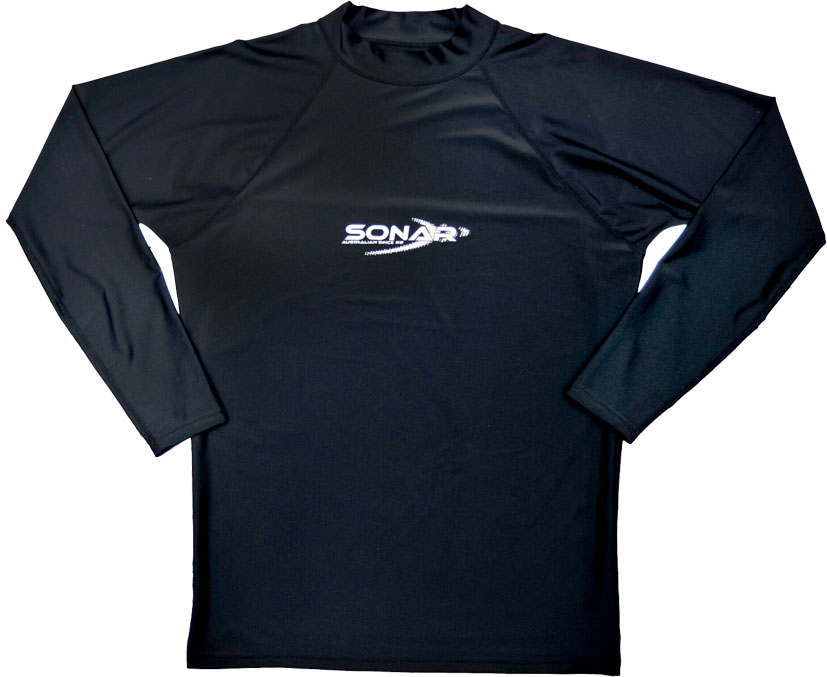

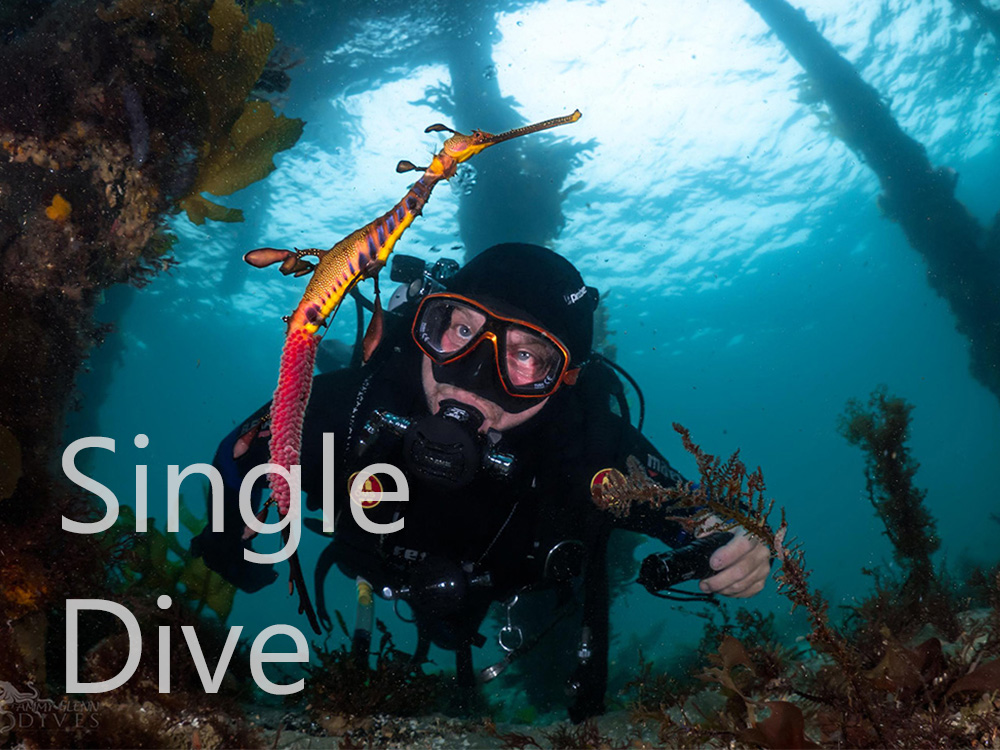
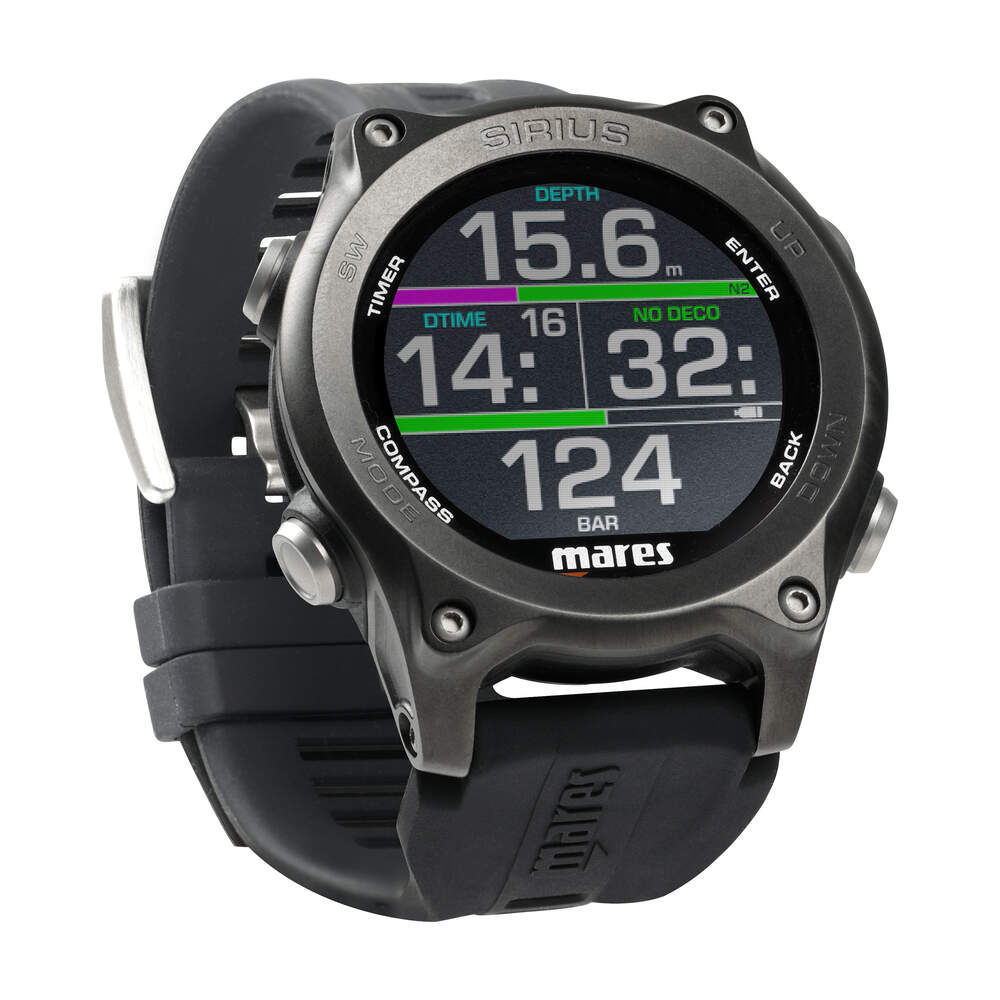
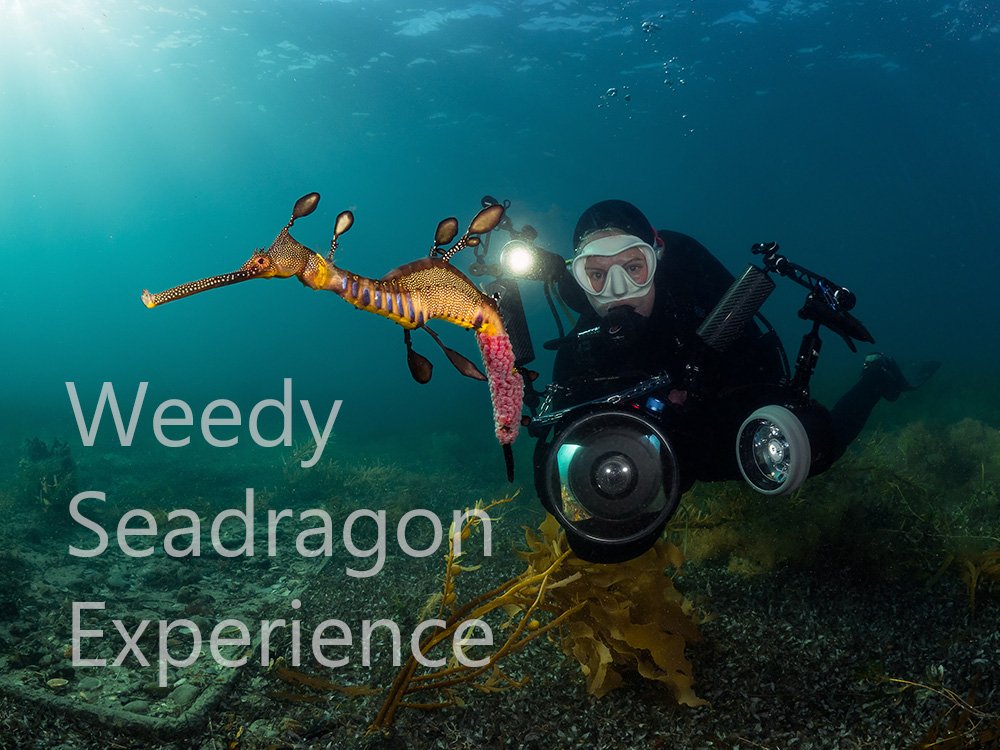
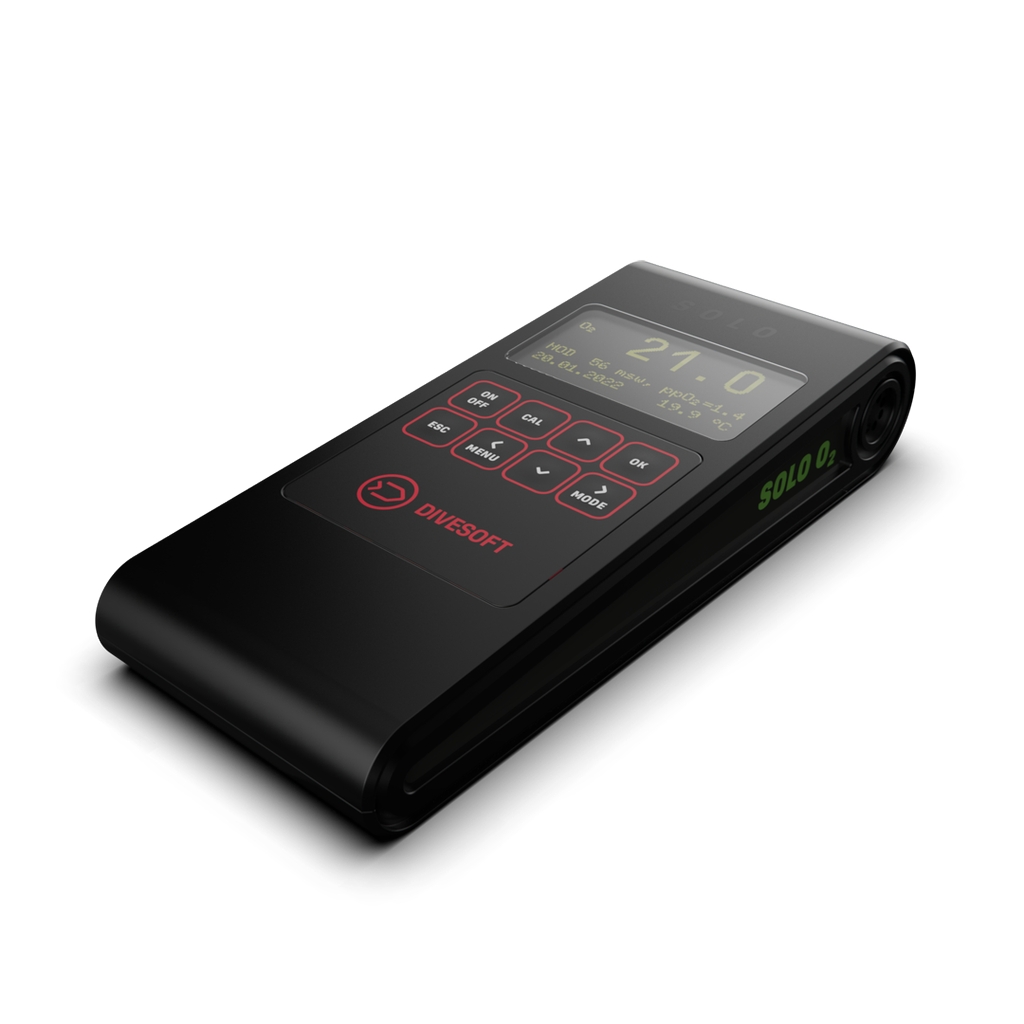
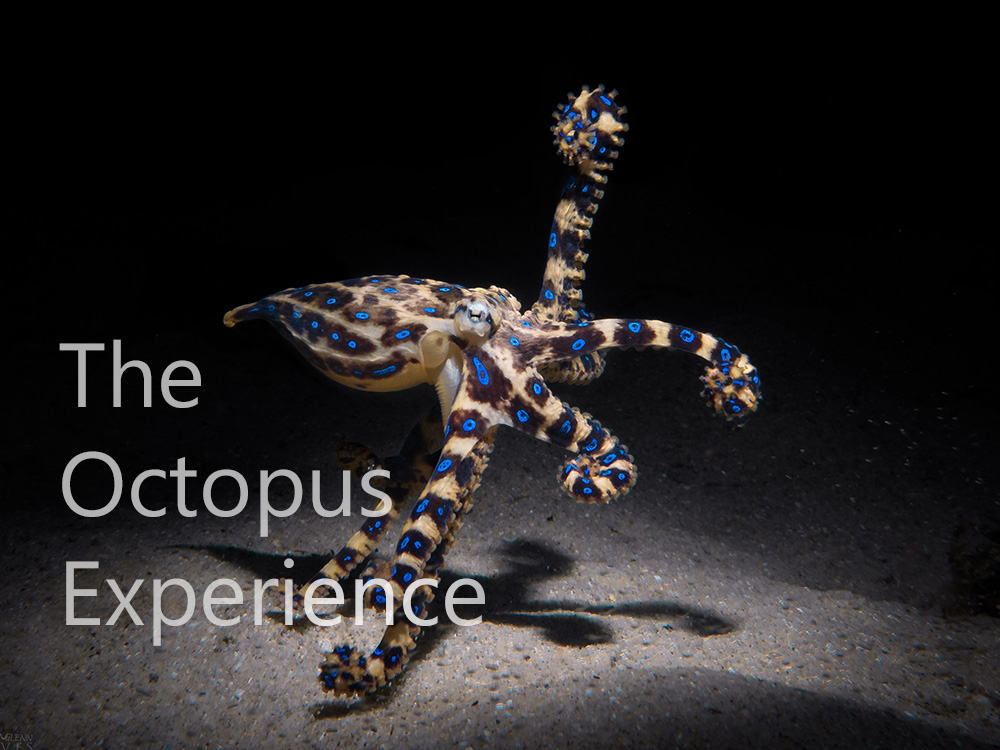
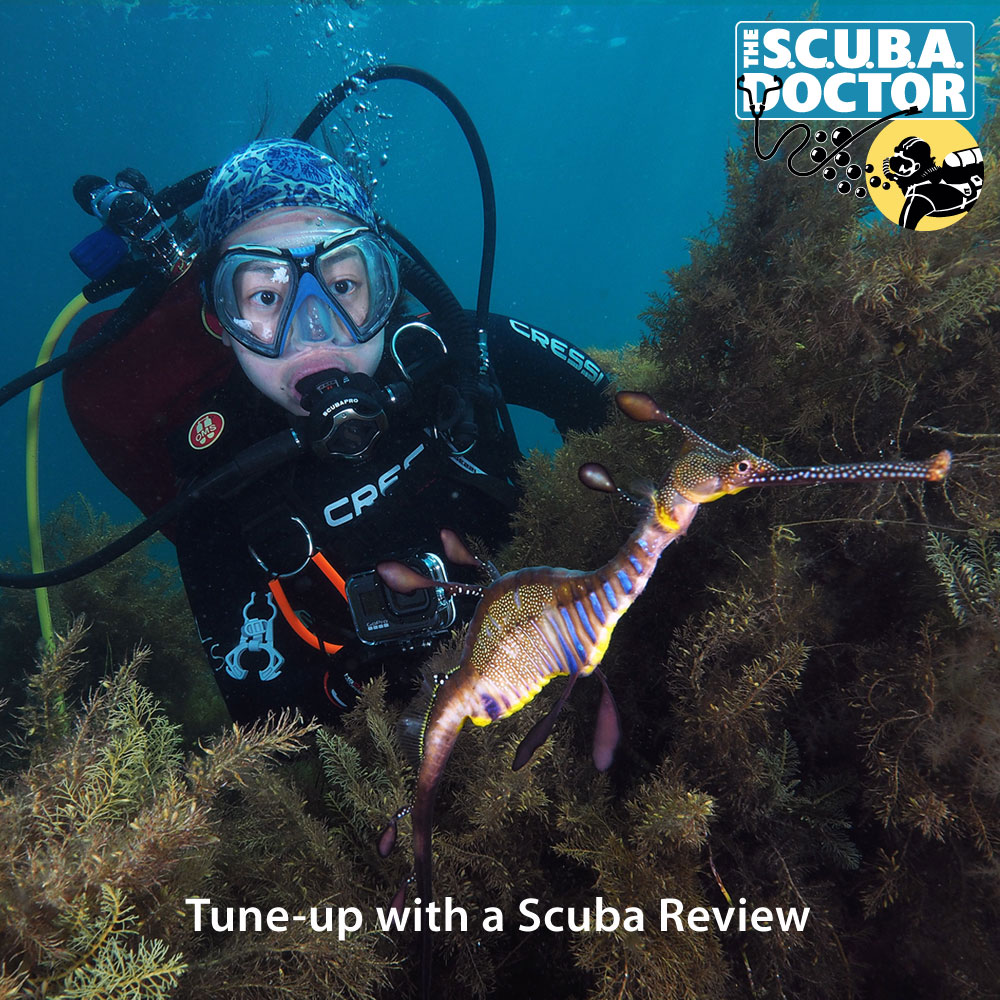
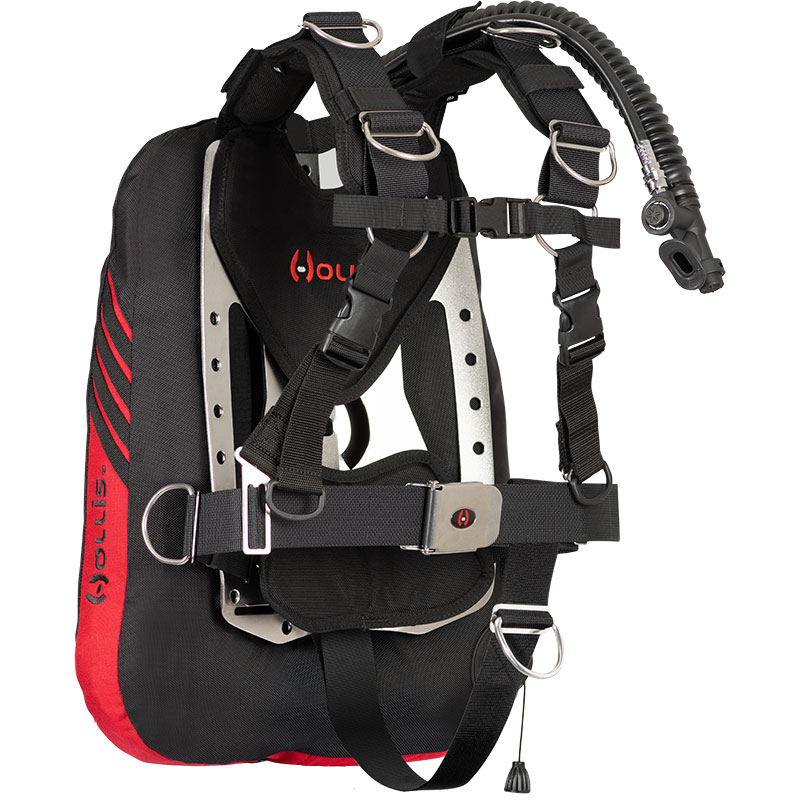
![Halcyon Infinity 30lb System [SS Small Backplate] Halcyon Infinity 30lb System [SS Small Backplate]](/diveshop/images/halcyon/Halcyon-Evolve-Wing.jpg)












































































































